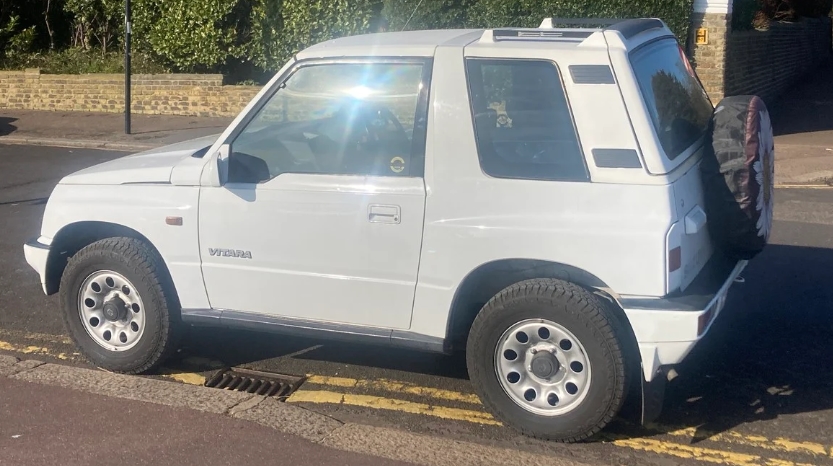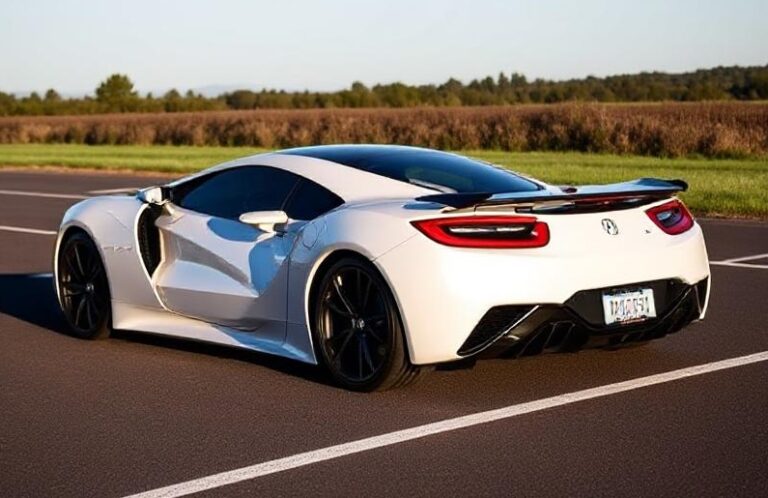The Evolution of the Suzuki Vitara
The Suzuki Vitara is a compact SUV that has carved out a significant niche in the global automotive market since its inception. Known for its versatility, affordability, and off-road capability, the Vitara has undergone numerous transformations over the decades, reflecting changing consumer preferences, technological advancements, and market trends. This comprehensive overview traces the evolution of the Suzuki Vitara, detailing its production years, model variants, and trim levels throughout its storied history.
Origins and First Generation (1988–1998)
Introduction and Development
Launched in 1988, the Suzuki Vitara marked Suzuki’s entry into the burgeoning compact SUV segment. Originally developed as a small, affordable off-road vehicle, the Vitara was based on the Suzuki Escudo platform, sharing many components with the Suzuki Swift and other models.
Production Years: 1988–1998
Market Launch: Europe, Japan, and other markets saw the debut of the first-generation Vitara in 1988. It was also known as the Suzuki Sidekick in North America.
Design and Features
- Body styles: 3-door and 5-door configurations
- Engine options: 1.6L and 1.9L naturally aspirated four-cylinder petrol engines; diesel variants later introduced
- Drivetrain: Part-time 4WD system with low-range gearing
- Notable features: Compact size, high ground clearance, and rugged off-road capability
Trim Levels and Models
The first-generation Vitara was offered in various trims, often differentiated by equipment levels and engine options:
- Suzuki Vitara JX/SX: Entry-level trims featuring basic equipment
- Suzuki Vitara GLX: Higher trims with additional comfort and convenience features
- Limited Editions: Occasionally released with special features or color options
In Japan, the vehicle was sold as the Suzuki Escudo, with similar trim distinctions.
Second Generation (1998–2005)
Design and Development
The second-generation Vitara arrived in 1998, built on the Suzuki Global SUV platform. It featured a more rounded design, improved safety features, and increased interior comfort.
Production Years: 1998–2005
Market Launch: Globally, including Europe, Asia, and North America (as the Grand Vitara in some markets)
Design and Features
- Body styles: 3-door and 5-door variants
- Engines: 2.0L and 2.5L V6 petrol engines; diesel options continued to be available
- Transmission: 5-speed manual and 4-speed automatic transmissions
- Drivetrain: Full-time 4WD available on higher trims
- Notable features: Improved ride quality, more refined styling, and enhanced safety features
Model Variants and Trim Levels
The second-generation Vitara was more diversified:
- Suzuki Vitara JX/XL: Base models with essential features
- Suzuki Vitara X/XL7: Mid-tier trims adding comfort options
- Suzuki Vitara Limited: Top trims with premium features such as leather upholstery, alloy wheels, and advanced audio systems
- Suzuki Grand Vitara: The name was used increasingly in some markets to denote higher trim levels or larger variants
Special Editions and Variants
Limited editions such as the “Open Air” versions with removable roof panels and early off-road packages were offered.
Third Generation (2005–2015)
Design and Development
The third-generation Vitara, also known as the Suzuki Grand Vitara in some markets, was introduced in 2005. It was built on the HEARTECT platform, offering a more modern look and advanced technology.
Production Years: 2005–2015
Market Launch: Globally, including Europe, Asia, Oceania, and North America (though North America often received different branding)
Design and Features
- Body styles: 3-door (early models) and 5-door (later models)
- Engines: 2.0L and 2.4L petrol engines; 2.0L diesel engines available in certain markets
- Transmission: 5-speed manual, 4-speed automatic, and later 6-speed manuals
- Drivetrain: Part-time and full-time 4WD systems, with some models featuring the AllGrip system
- Notable features: Increased safety with ABS, airbags, stability control, and optional navigation systems
Model and Trim Variants
The third-generation Vitara was offered in multiple trims, reflecting market-specific preferences:
- SZ, SZ4, SZ5: Entry and mid-level trims with basic to moderate features
- VXL, XSport: Higher trims with added comfort, alloy wheels, and enhanced audio
- Limited and Top trims: Featured leather seats, sunroof, and advanced infotainment systems
Special Editions
- “VXL” and “XSport” editions in the UK and Australia offered sporty aesthetics and additional equipment
- Off-road packages included skid plates and roof racks
Facelift (2012)
In 2012, Suzuki introduced a facelift that modernized headlights, grille, and interior features, along with improved safety and technology options.
Fourth Generation (2015–Present)
Introduction and Development
The fourth-generation Vitara was unveiled at the 2014 Paris Motor Show, marking a significant shift with a more urban-focused design, improved efficiency, and technological enhancements. It was built on the new platform derived from the Suzuki Heartect architecture, emphasizing lightweight construction and fuel efficiency.
Production Years: 2015–present (as of October 2023)
Market Launch: Globally, with strong presence in Europe, Asia, Australia, and South America
Design and Features
- Body styles: 5-door SUV, with some markets offering a 3-door variant
- Engines: 1.0L and 1.4L BoosterJet turbocharged petrol engines; 1.6L diesel engines in select markets
- Transmission: 6-speed manual and 6-speed automatic transmissions
- Drivetrain: Available with front-wheel drive (FWD) and all-wheel drive (AWD) systems, including Suzuki’s ALLGRIP select system
- Notable features: Advanced infotainment with touchscreens, Apple CarPlay and Android Auto, safety systems like adaptive cruise control, lane departure warning, and more
Model Variants and Trim Levels
The fourth-generation Vitara offers a broad range of trims tailored to different markets:
- Base Models: Often called “Gentle” or “Standard,” providing essential features
- Mid-Level Trims: “Luxury,” “ZDi,” or “SZ” trims offering increased comfort and tech
- Top Trims: “SZ5,” “VXL,” “Ultimate,” and similar designations, featuring leather seats, panoramic sunroof, advanced safety, and premium audio
Special Editions and Variants
Suzuki has released several special editions, such as the “AllGrip” models emphasizing off-road capability, and limited editions with unique styling elements.
Facelift and Updates (2018–2022)
In 2018, Suzuki released a mid-cycle update featuring revised front and rear styling, improved safety features, and updated infotainment systems. This refresh kept the Vitara competitive amid rising SUV competition.
.
We LOVE cars & cruising around, but sometimes day trips to explore new cities are required (with family or friends) for a spice of variety in your life!
So GO explore!
Cruises & Day/Night City Tours to: Baltimore, Boston, Chicago, Marina Del Ray, New York, Niagara, Philadelphia, San Diego, San Francisco, Toronto, Washington DC, etc.:

.
Global Variations and Market-Specific Models
Throughout its evolution, the Suzuki Vitara has been marketed under various names and configurations:
- Europe: Often known simply as Vitara, with a focus on urban crossover styling
- Japan: As Suzuki Escudo, with some hybrid variants introduced
- North America: Initially as Sidekick and Vitara, later replaced by other models
- Australia and New Zealand: Popular as a compact and affordable SUV with various trims
- India: As Maruti Suzuki Vitara Brezza, a compact SUV based on the fourth-generation platform, introduced in 2016, with its own trim levels and features
Conclusion
The Suzuki Vitara’s journey from a rugged, utilitarian off-roader to a refined urban SUV reflects the broader trends in the automotive industry towards comfort, technology, and versatility. Its multiple generations have introduced innovations in design, safety, and efficiency, making it a versatile choice for a wide range of consumers worldwide.
From its modest beginnings in 1988 to the modern, tech-rich models of today, the Vitara remains a testament to Suzuki’s commitment to producing practical, reliable, and affordable vehicles that adapt to the evolving needs of drivers. Its continuous evolution—marked by enhancements in safety, comfort, and style—ensures that the Suzuki Vitara remains a relevant and competitive player in the global compact SUV segment.







